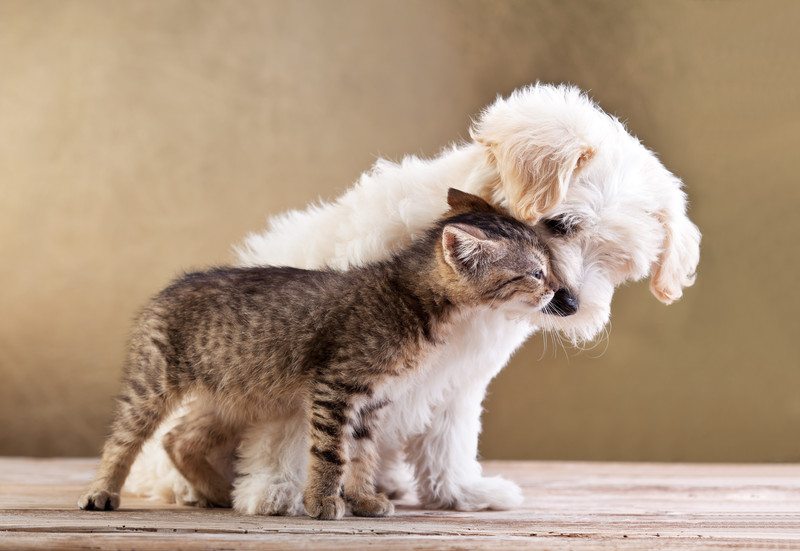
A cat’s purr is soothing and relaxing to many cat parents. Some cats purr loudly, while others barely make a sound. While listening to the wonderful sound of your cat purring you might wonder why she purrs. Is it really a sign that they are happy or content? Is it a physical response to being nurtured like when they were with their mother? Cats do purr when they are happy or content. They also purr when they are in pain and/or hurt in order to reassure themselves that everything is alright.
How Cats Purr
Many veterinarians and biologists suggest that the act of purring comes from voice box or larynx of the cat. The neural oscillator and laryngeal muscles also play a role and it is known that if the laryngeal muscles are damaged the cat is unable to purr. Research is beginning to show that the neural oscillator produces a repetitive and rhythmic action that causes the laryngeal muscles to twitch between 25 and 150 vibrations per second. This twitching causes the vocal cords to separate and make the unique purring sound.
Amber Andersen, DVM of the Redondo Veterinary Medical Center, says, “Science has shown that cats produce the purr through intermittent signaling of the laryngeal and diaphragmatic muscles. They purr during both inhalation and exhalation with a consistent pattern and frequency.”
Why Cats Purr
It is thought that cats learn to purr as kittens in order to tell the mother cat that they are there and they are fine. It is a way of bonding the mother and kitten. It is also believed that the process of purring began when the kittens are nursing and could not make the ‘meow’ sound so they purred instead. The mother cat usually purrs back to complete the bonding communication cycle.
Once the kitten learns to purr they will do so for the rest of their lives unless there is damage to the voice box or surrounding muscles.
Cats That Don’t Purr
While some large cats do purr, most do not. Purring is generally limited to the domestic cat. Big cats that don’t purr are the Snow Leopard, Puma, Jaguar, Tiger, Eurasian Lynx, Clouded Leopard, Bobcat, Wild Cat, Lion, Leopard, and Cheetah. The interesting fact about this is that the big cats that do purr do not roar and those that do not purr are the ones that do roar. It is believed that the bigger cats evolved into roaring as a protective measurement for the pride.
The Science Behind Purring
Some scientists believe that the purring vibration is used for healing of wounds, bones and for the easing of physical pain. The very distinctive sound and vibration of the purr is clearly a different type of vocalization than any other animal vocalization from cats or any other animals. The reason it is so different is that the entire respiratory system and the complete respiratory cycle. On the other hand a vocalization like ‘meow’ comes out of the end of the respiratory cycle when breath is exhaled.
We know how loud the cats purr can be but think how much louder it is internally. Veterinarians will tell you that you can’t hear the cat’s lungs or heart through a stethoscope while the cat is purring. So most vets will turn the water on in the exam room to begin their examination of the cat, as for some reason they do not purr when hearing running water.
Scientists are beginning to understand the physical mechanics of how a cat purrs while behaviorists are beginning to tell us why they purr. We know when a cat learns to purr and we know which big cats do purr, and which roar instead. Given all of this, what really matters to most feline lovers is the comfort and sense of love they get with a purring cat curled up on their lap.









